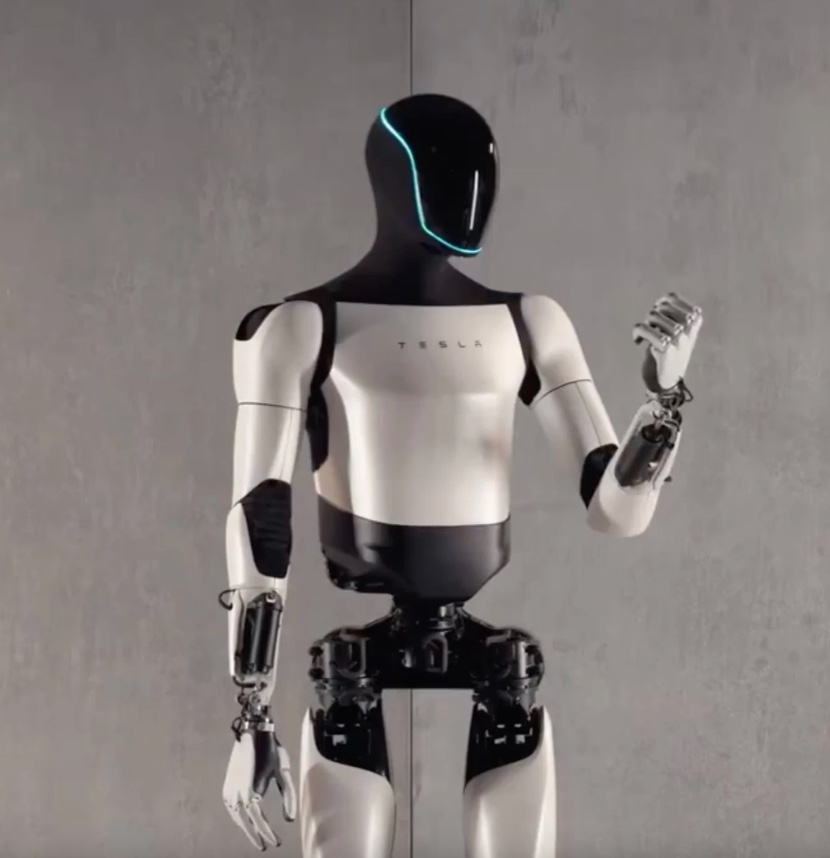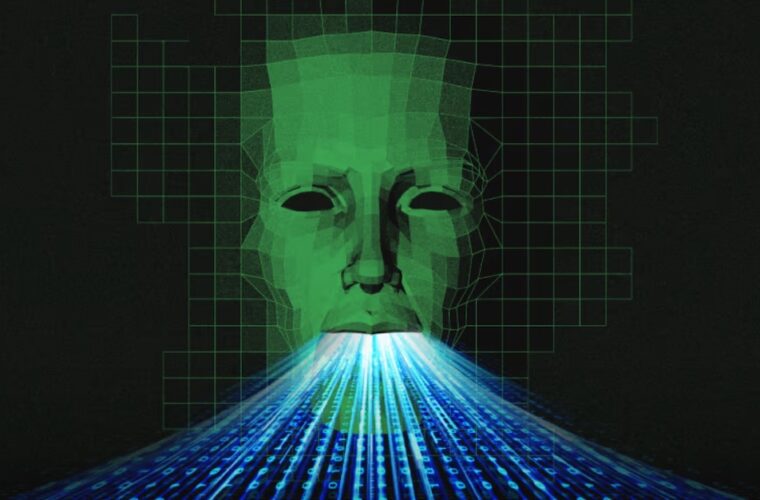At Tesla’s recent Cybercab event, Optimus robots caught the attention of attendees by mingling with the crowd, serving drinks, playing with guests, and even dancing inside a gazebo. And, seemingly most surprisingly, they could even talk. But it was mostly a show. What appeared to be a demonstration of the robots’ advanced capabilities was the result of substantial input and supervision by the developers. Although the robots appeared to interact autonomously with participants, responding immediately to verbal and visual cues in a dimly lit environment, several clues suggested they were not completely independent machines. The distinct voices of each robot and the promptness of their responses, accompanied by natural gestures, raised questions about their true autonomy.
Not real robots
Robert Scoble, one of the participants at the event, revealed that he learned from an engineer that the Optimus were actually “remotely assisted” by human operators. The idea must have come to Elon Musk when he decided to recruit phantom data collection operators who would have to wear a motion capture suit to train Optimus. Although the robots used artificial intelligence to walk, they relied on human intervention for more complex interactions. Adam Jonas, an analyst at Morgan Stanley, also confirmed in his notes that the robots relied on “tele-operations” by humans.
Tesla appears to have made no secret of the fact that the Optimus were not fully autonomous during the event. In some recorded interactions, the robots jokingly admitted that humans assisted them and were not fully independent. While presented in an ironic way, this transparency highlighted the hybrid nature of the demonstrations, in which artificial intelligence blended with human control to provide an immersive experience for attendees.
Musk first announced Tesla’s humanoid robot by bringing what was clearly a person dressed as a robot to the stage, so it was no surprise that the Optimus at last week’s event was hyperbolic in its presentation. And those who went did not seem upset or betrayed by it. But if you were hoping to get a sense of how far ahead Tesla really is in its humanoid robotics work, the “We, Robot” event was not the place to be.

A dystopian present? Rather a staging
The project, which began in 2021 with not a few obstacles, now seems ready for commercialisation. Musk stated that Optimus will be “the biggest product ever, regardless of type.” Thus, Musk’s presentation ended with the entry of a dozen androids that walked in formation, showing off frighteningly “human” confidence and assurance. The new models also danced with fluid movements inside a glass case, a common robot demonstration activity, as already seen with Boston Dynamics’ models. Despite the improvements, most sceptical experts think it unlikely that Tesla has surpassed companies like Boston Dynamics and OpenAI in such a short time. The robots’ smooth conversations and precise movements have raised suspicions about their true autonomy.
Christian Keil, vice president of Astranis Space Technologies, even joked about X (formerly Twitter) wondering where Tesla hides the operators who teleguide the robots. Musk gave no details on how the new models work, merely promising that we will soon be able to own our own “R2D2 or C3PO” for less than the price of a car. However, the absence of technical explanations over speculation has only fueled doubts about Optimus’ real capabilities.



